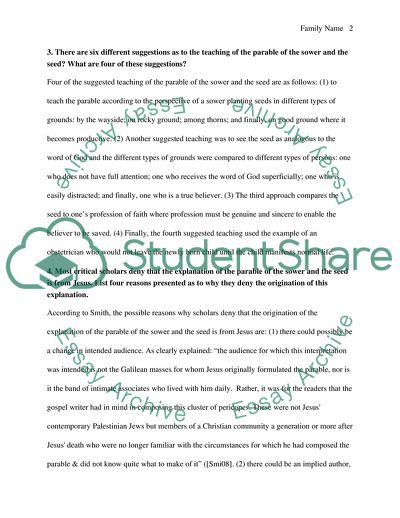Cite this document
(The GospelsMark Essay Example | Topics and Well Written Essays - 1250 words, n.d.)
The GospelsMark Essay Example | Topics and Well Written Essays - 1250 words. https://studentshare.org/history/1764216-the-gospels-mark
The GospelsMark Essay Example | Topics and Well Written Essays - 1250 words. https://studentshare.org/history/1764216-the-gospels-mark
(The GospelsMark Essay Example | Topics and Well Written Essays - 1250 Words)
The GospelsMark Essay Example | Topics and Well Written Essays - 1250 Words. https://studentshare.org/history/1764216-the-gospels-mark.
The GospelsMark Essay Example | Topics and Well Written Essays - 1250 Words. https://studentshare.org/history/1764216-the-gospels-mark.
“The GospelsMark Essay Example | Topics and Well Written Essays - 1250 Words”. https://studentshare.org/history/1764216-the-gospels-mark.


